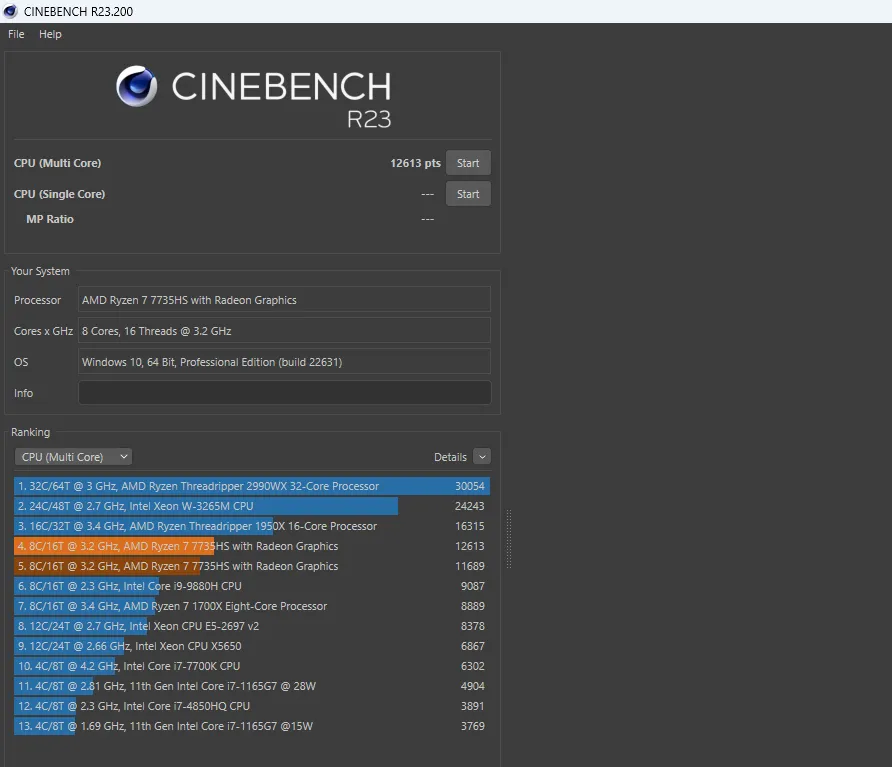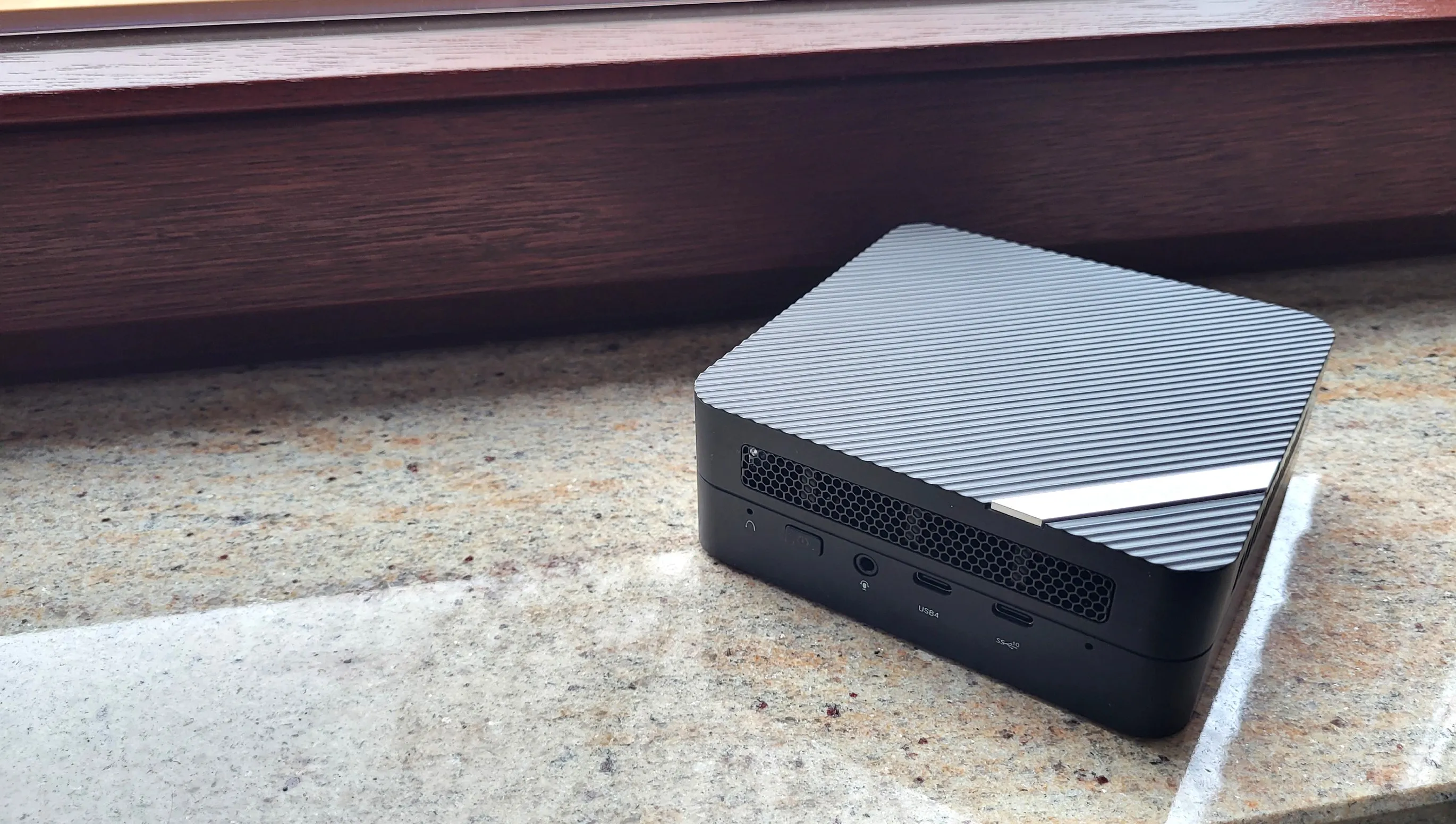It has always been my dream to buy a mini PC. The idea that a powerful desktop computer could fit in the palm of your hand fascinated me the most. Manufacturers always claimed that they were now innovative and could pack powerful and productive hardware into a miniature case. But with my technical background, I knew there were no miracles. If my desktop PC consumes over 300 watts (e.g. 115 watts for the processor and 260 watts for the graphics card) and the mini PC only has a total of 15 watts (max. TDP - thermal design power), then its overall performance is at least 20 times less.
Two years ago, I noticed a certain development in computer components. But no one seems to have noticed it yet. The RTX-3000 series has been replaced by the RTX-4000 series, which consumes almost twice as much power and thus generates twice as much heat. And modern processors from both AMD and Intel have not halved consumption in the last three years, but tripled it. A desktop processor with eight cores and a heat generation of 65 watts is now standard.
Table of contents
Mini PC with Ryzen 7 7735h and built-in Radeon 680M graphics card.
In this article I talk about a Mini-PC Minisforum UM773 with a Ryzen 7 7735hs processor and an integrated Radeon 680M graphics card. It is common knowledge that AMD is capable of producing processors with excellent integrated graphics. After all, the PS4 and Steam Deck wouldn't exist otherwise. For several years now, it has been possible to play games with the red team's processors with minimal graphics settings. And when I saw a tiny mini PC with 54 watts of waste heat on offer, I realized that this PC could be perfect for work. It takes up very little desk space, and a processor with this power consumption should be productive enough for office work. I also realized that this PC would be great for gaming.
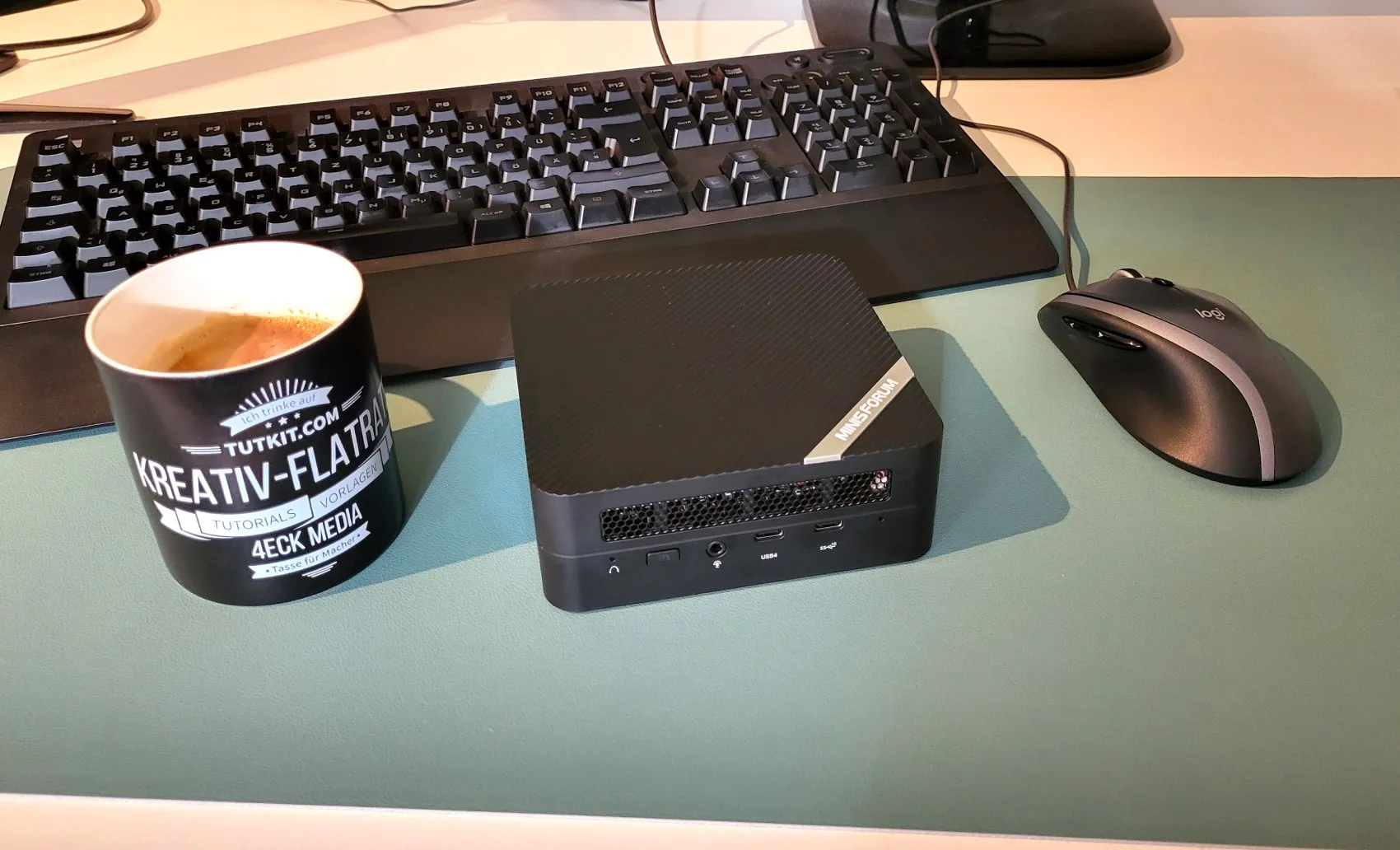
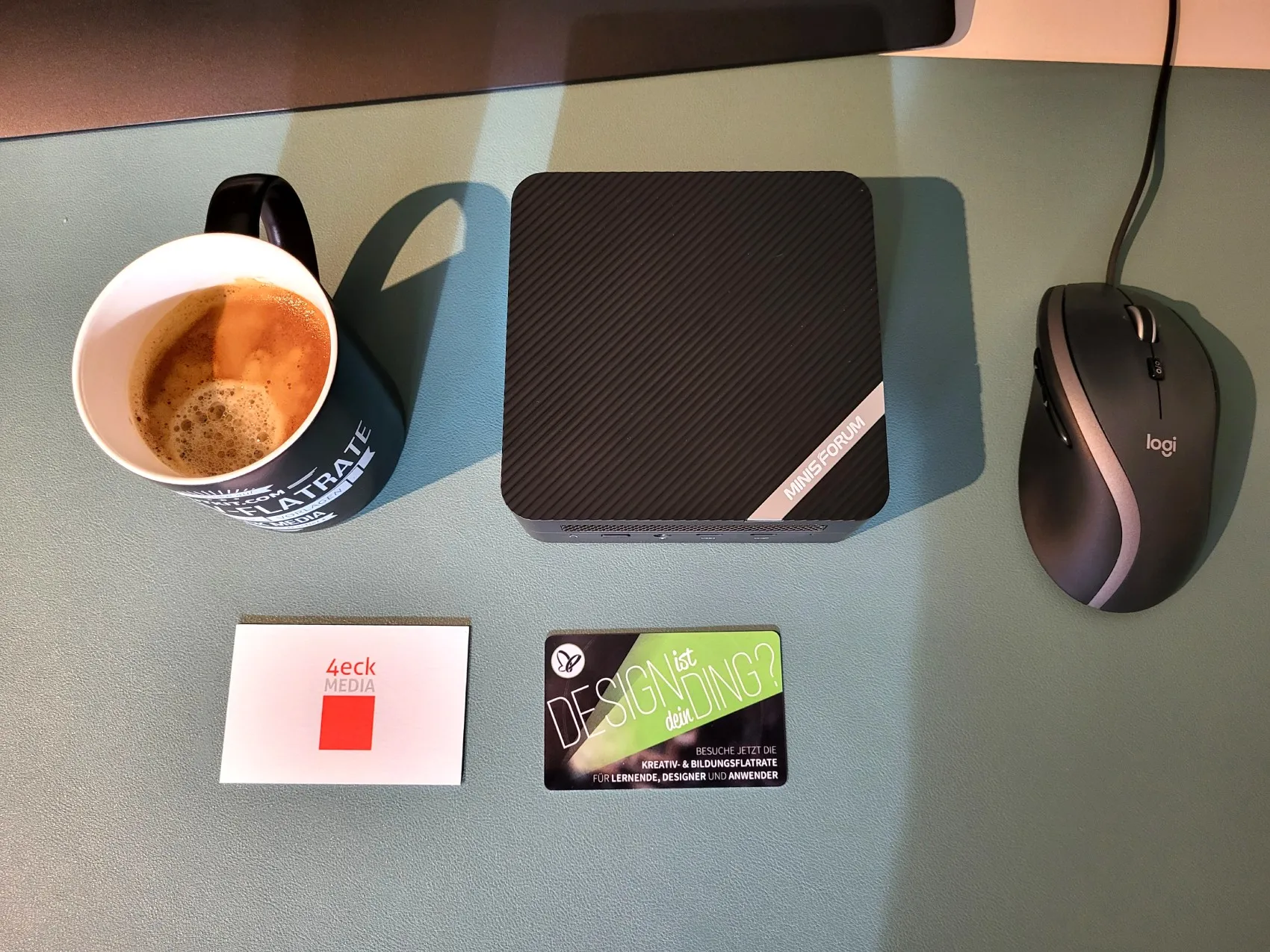
I didn't take any photos of the box and unboxing as this is not an advertisement for the manufacturer's products. So let's not pay so much attention to the plastic casing of the mini PC and concentrate on the device itself.
This PC cost me 350 euros including delivery and I also had to buy 32 GB DDR5 RAM and a 1 TB M.2 drive for 80 euros. I therefore suggest setting the total price for such a set at 500 euros.
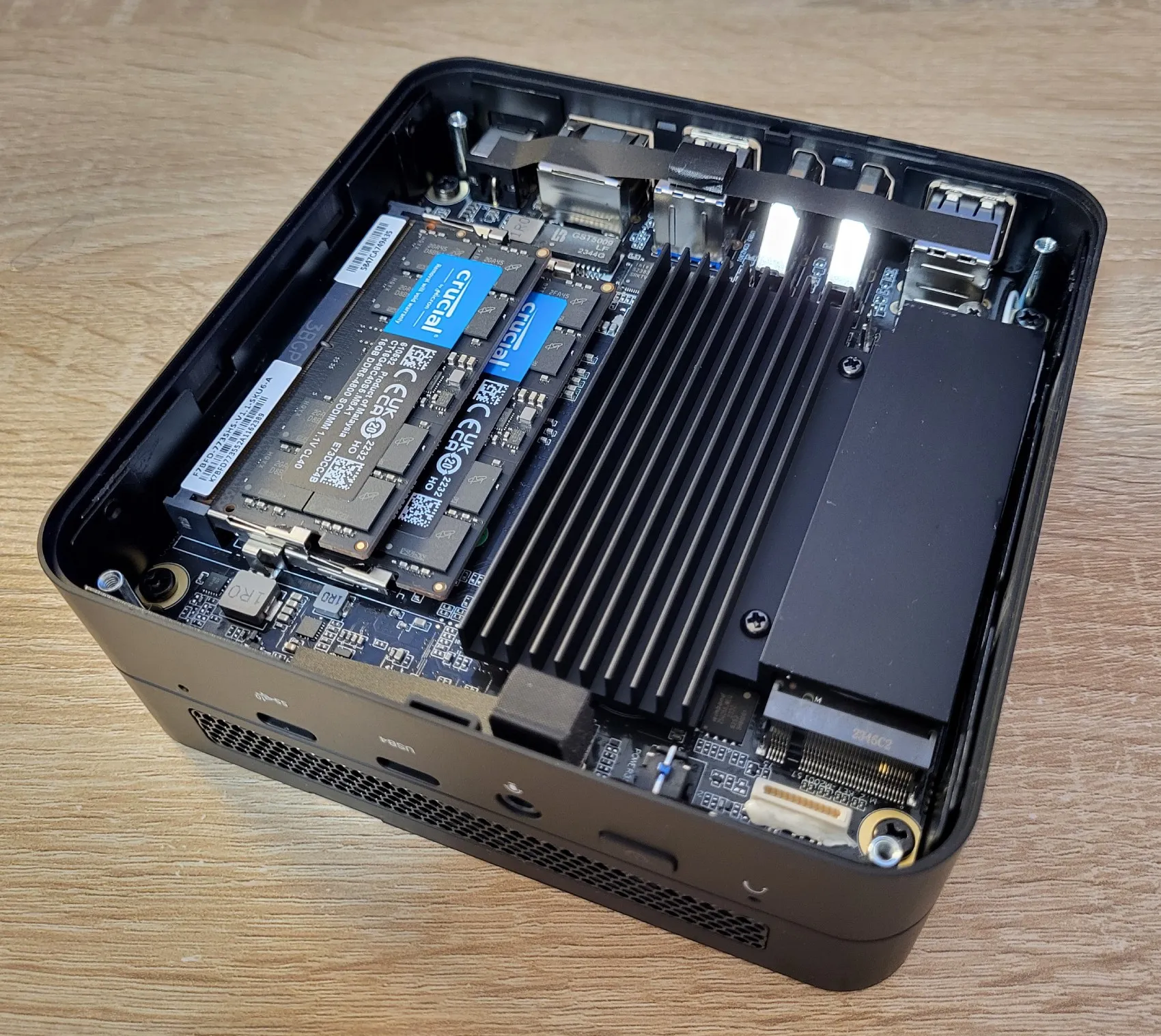
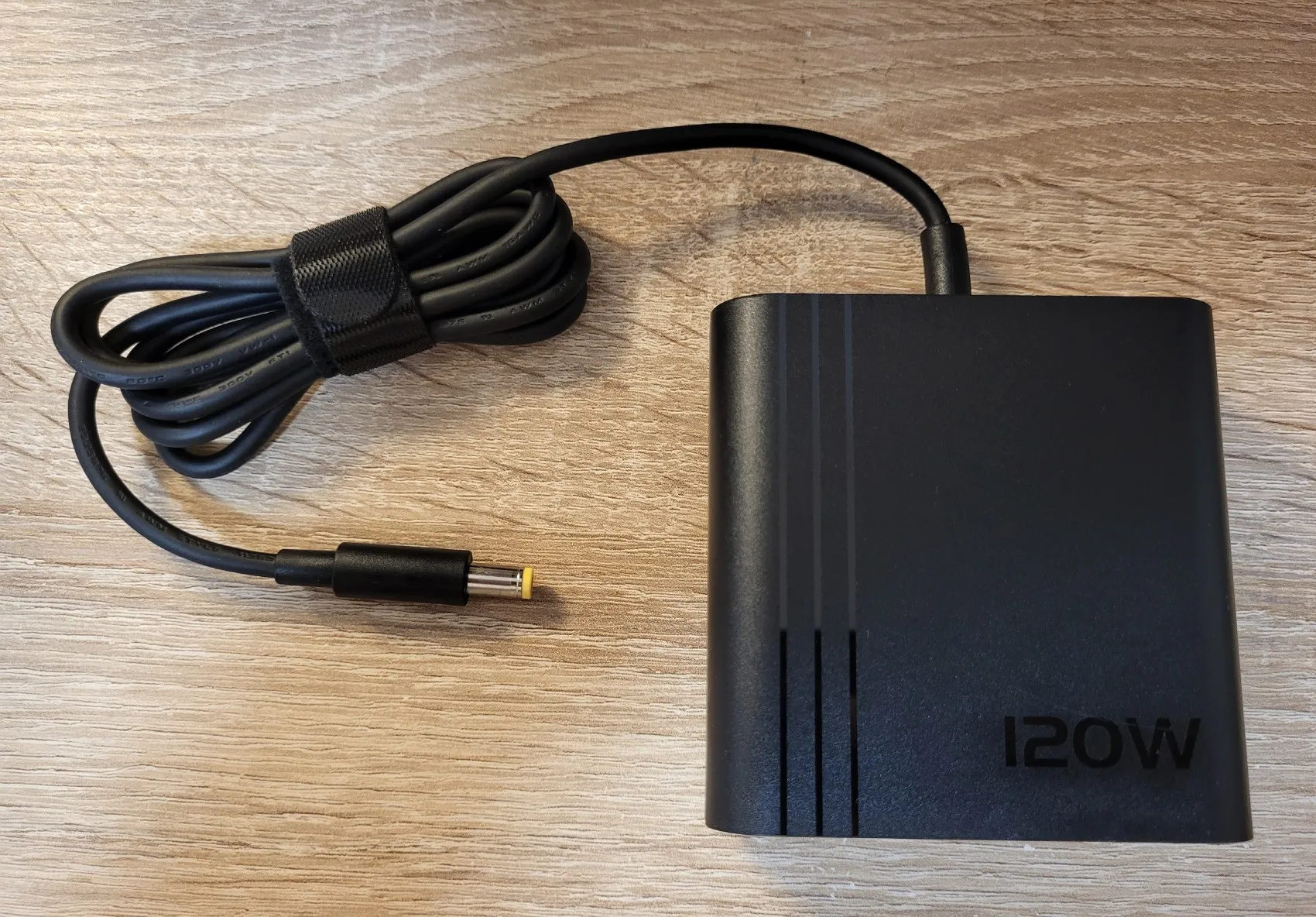
Once I had received all the components, I removed the bottom cover and inserted the RAM and SSD into the corresponding slots. After switching on the PC, I entered the BIOS. Of the useful settings, I could only distinguish the choice of heat pack (45 and 54 watts).
After installing Windows, I was in for a nasty surprise. Windows had no standard drivers for LAN and Wi-Fi. After downloading the drivers from the official website, copying them to a USB stick and installing them, I was finally able to put the PC into operation.
My first impressions of the mini PC with Ryzen 7735h and 680m graphics card were impressive. Although I was suspicious because the PC is so tiny compared to a standard PC, I downloaded Cinebench 23 Benchmark and ran it. 10 minutes later I had the results and was not only surprised, but thrilled. The processor performed almost as well in the test as my Ryzen 5700X at home. That was not only enough for office work (and that's what I bought it for), but more than enough. After 2 days of work, I was able to confirm my feeling: The mini PC is indeed faster than my previous work PC with Ryzen 4500 and GTX 1650 Ti. The most important thing, however, is that I can now connect up to three monitors (the GTX 1650 Ti doesn't have a multi-monitor function), which I really need for my work.
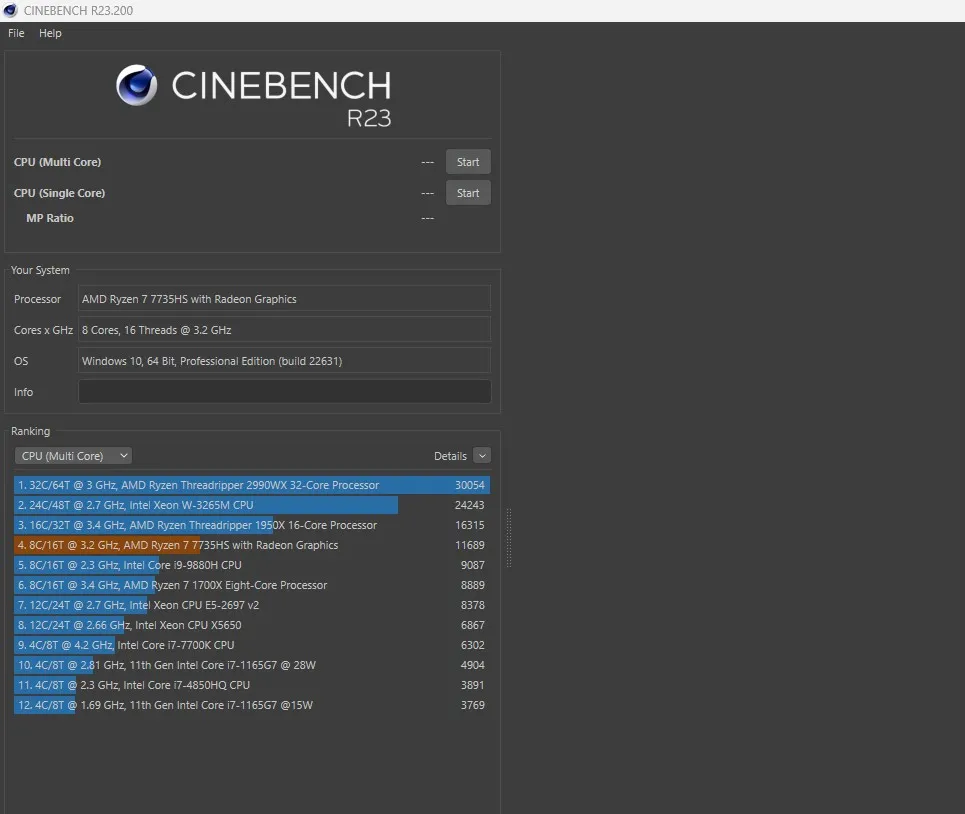
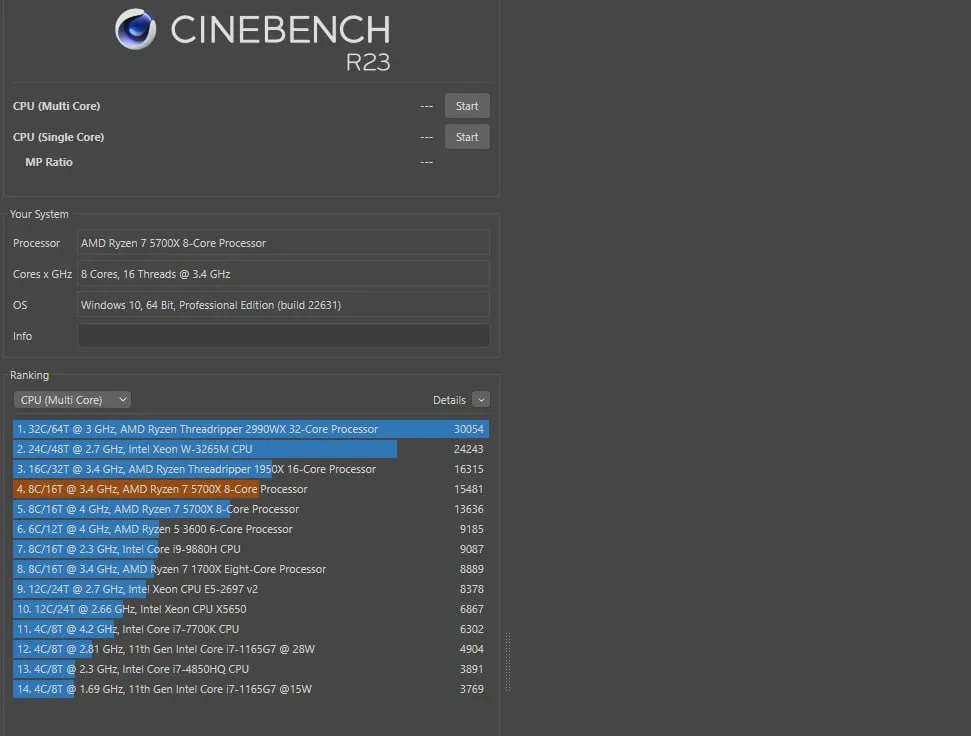
Since I knew that the graphics card occupies the RAM with a graphics card integrated in the processor, I decided not to save on RAM. I chose not the most expensive, but also not the cheapest Crucial DDR5 4800 MHz CL40 memory. However, after testing the memory, I realized that you can't feel any difference when switching to DDR5 if you have a good DDR4 memory installed.
Below are screenshots of DDR5 tests on my mini PC at work and DDR4 tests on my PC at home.
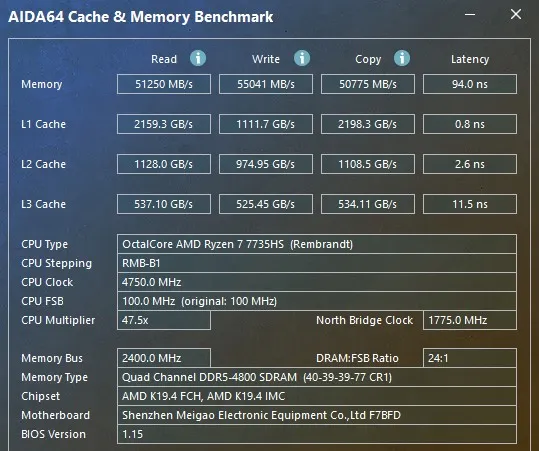
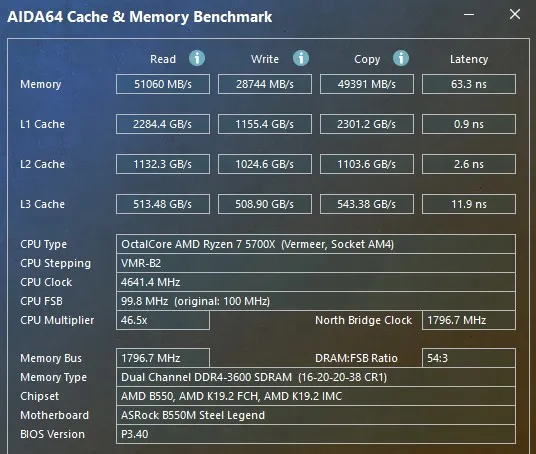
As you can see, the high timings of DDR5 make the switch to a new memory standard almost pointless compared to the old one. Maybe that will change in the future, but not now, probably not for another year or two.
After spending two full weeks with this microcomputer, I've noticed that I hardly think about it anymore. It hides compactly behind the monitor and works completely silently. Yes, really silent. It's a blessing here in the office. We've always paid attention to particularly low-noise technology.
Can I play on a Ryzen 7 7735H with an integrated Radeon 680m graphics card?
Brief technical information about the integrated graphics card: The AMD Radeon 680M (or RX 680M) is an integrated graphics card (iGPU) for notebooks, which can be found in the powerful Rembrandt (Ryzen 6000 Mobile) APUs. It has all 12 CUs (compute units) with a total of 768 shaders and is based on the current RDNA 2 architecture, as can also be found in the RX 6000M series. The clock rate varies depending on the CPU model and is between 2.2 and 2.4 GHz in the maximum boost clock at the time of market launch.
The GPU does not share its own graphics memory, but accesses the shared main memory, which supports up to LPDDR5 6400 MT/s or DDR5 4800 MT/s. The 680M is the first iGPU to offer hardware support for ray tracing, but it is too slow in current games to be able to use this function effectively.
Brief technical information about the processor: The AMD Ryzen 7 7735HS is a powerful mobile processor designed specifically for large notebooks, such as gaming laptops. It belongs to the Rembrandt R (Refresh) generation and offers impressive performance. With its eight Zen 3+ cores, which have a base clock frequency of 3.2 GHz and can reach up to 4.75 GHz in turbo mode, it is ideal for demanding tasks. Thanks to support for SMT/hyperthreading, it can process up to 16 threads simultaneously. The chip is manufactured using the advanced 6 nm process at TSMC and was first presented in early 2023. Compared to the older Ryzen 7 6800HS, the 7735HS offers a higher turbo clock of 50 MHz and can potentially achieve a higher TDP of up to 54 watts.
And now I'll answer the question of whether it's possible to play computer games with the Radeon 680M. Yes and no. The ability to play games on the Ryzen 7 7735H with an integrated Radeon 680M graphics card depends on your preferences and expectations. When setting up World of Tanks, I achieved around 80 frames per second at high graphics settings and Full HD resolution. This result is impressive for a mini PC with a heatsink that weighs only 50 grams. However, if you are used to gaming on a 27-inch monitor with a resolution of 1440p at the highest settings, you will probably find that this PC is not suitable for gaming.
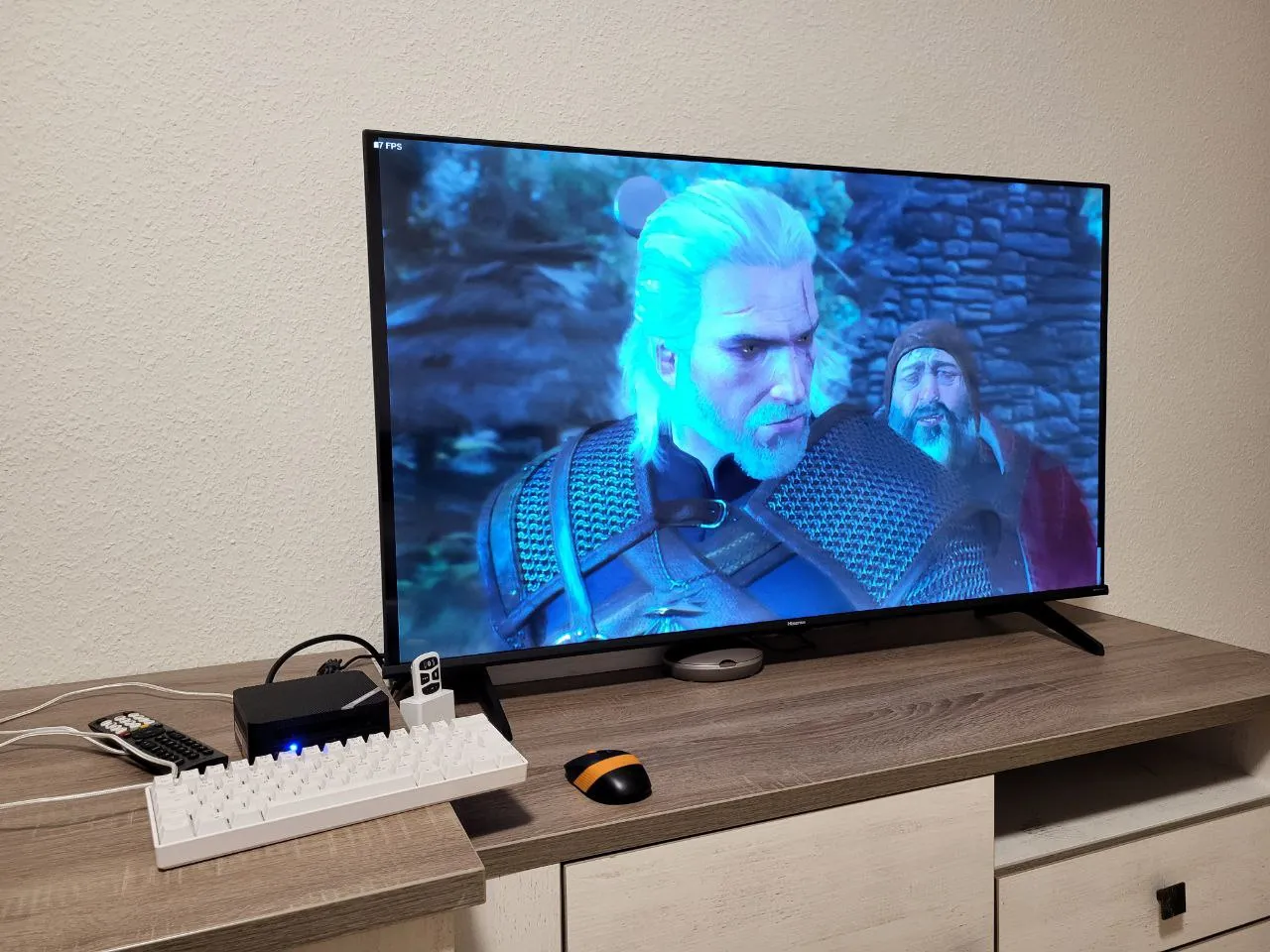
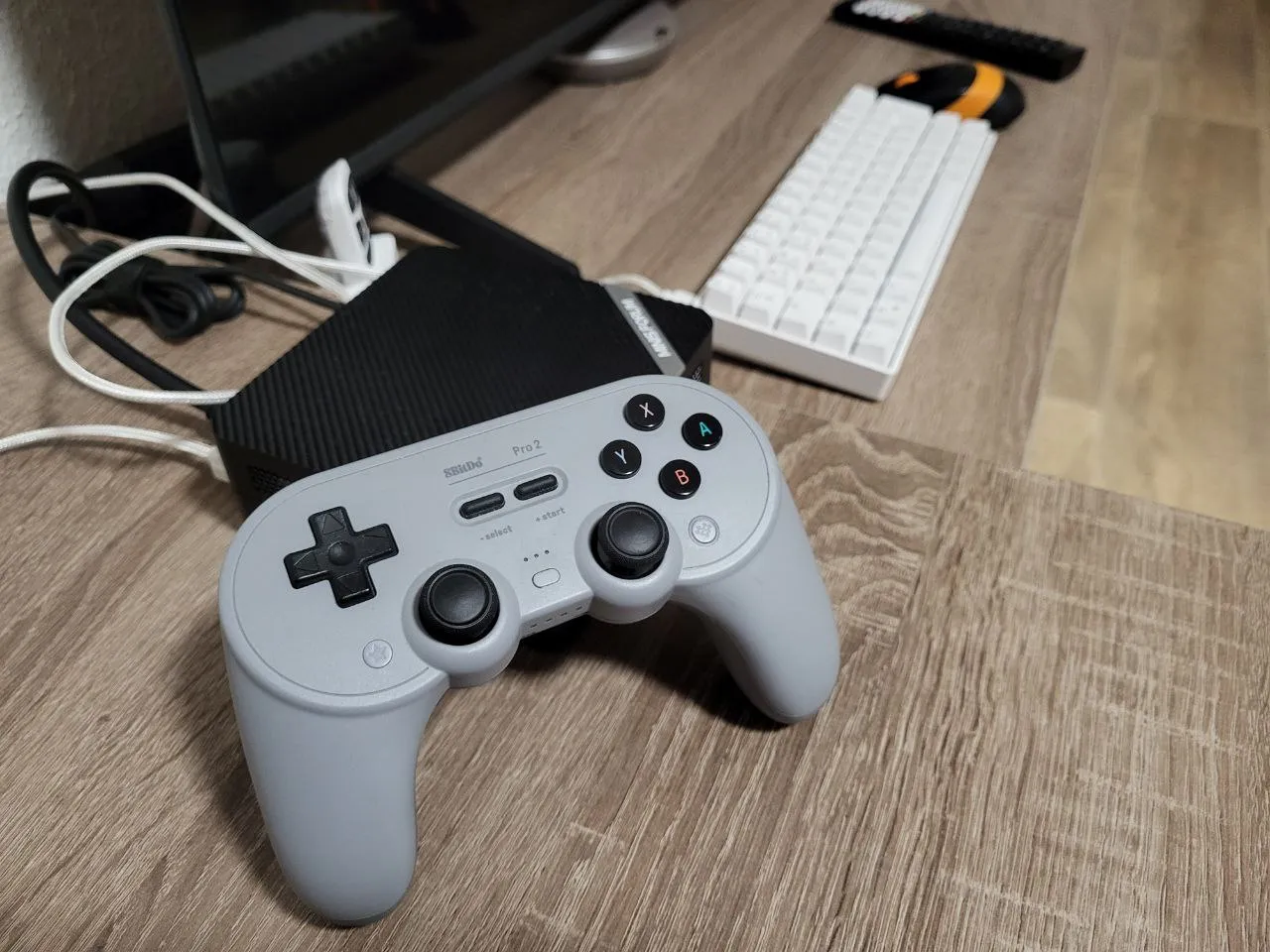
Testing the Ryzen 7 7735h with integrated Radeon 680m graphics card in games.
The maximum temperature during gaming was no more than 90 degrees. However, the mini PC was loud, not as loud as a vacuum cleaner, but still unpleasant. On the one hand, 90 degrees is not a critical temperature, but on the other hand it does cause discomfort.


There are many games with simpler graphics where you can easily reach 60fps. Casual and arcade games or games developed 10 years ago run smoothly.
If you feel like it, you can even play current AAA games with minimum graphics settings and 60 FPS. But I wouldn't recommend that. After all, this mini PC is not designed for gaming.
In my opinion, the problem is not that the integrated graphics cannot be more powerful or that the CPU loses performance due to high temperatures, but that the heat package of 54 watts is not sufficient for gaming. Here too, the graphics card and processor share the same cooling package.
Yes, the presence of USB 4 ports on the mini PC opens up the possibility of connecting an external graphics card for gaming. However, this is a completely different story that requires additional hardware and customization. External graphics cards via the USB 4 ports can provide a significant performance boost for gaming, expanding the Mini PC's capabilities and making it more versatile.
Conclusions about mini PCs with Ryzen 7 7735hs mobile processor
The following conclusions can be drawn from our experience with a Mini PC based on the Ryzen 7 7735HS mobile processor:
- Compact and practical: The mini PC takes up little space on the desk and can be easily hidden behind the monitor, making it ideal for use in the office or where space is limited.
- Performance: Despite its compact size, the Ryzen 7 7735HS processor delivers sufficient performance for office tasks, multimedia content and light gaming. However, it is not designed for demanding games with high graphics settings.
- Temperature and noise: When working intensively, especially when gaming, the CPU temperature can rise up to 90 degrees, causing the cooling system to work and generate noise. This can be a disadvantage for those who appreciate silence.
- Expansion options: The presence of USB 4 ports opens up the possibility of connecting an external graphics card to increase graphics performance, making the mini PC more flexible and customizable.
- Overall, the Ryzen 7 7735HS mobile mini PC is a compact and practical solution for everyday office tasks, working with content and normal software.
For 500 euros, I got a well-functioning desktop PC. Laptops with similar features cost 200 euros more (yes, I also get a screen with keyboard, touchpad and speakers, which I don't need). But if you're interested in a gaming PC, that's not the best option. Better buy a PS5 for the same 500 euros or a desktop PC with a last generation graphics card but with an upgrade option.
Thank you for your attention and I hope you've read to the end. Good luck with your own mini PC!
P.S. The results of the Ryzen 7 7735 HS processor in Cinebench R23
After a month of use, I decided to increase the power limit from 45 watts to 54 watts as I felt a lack of performance in some work programs. As expected, we achieved an increase in performance. You can see the results in the Cinebench R23 test below.
